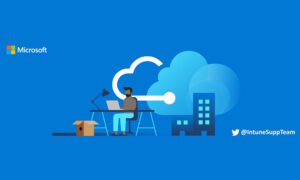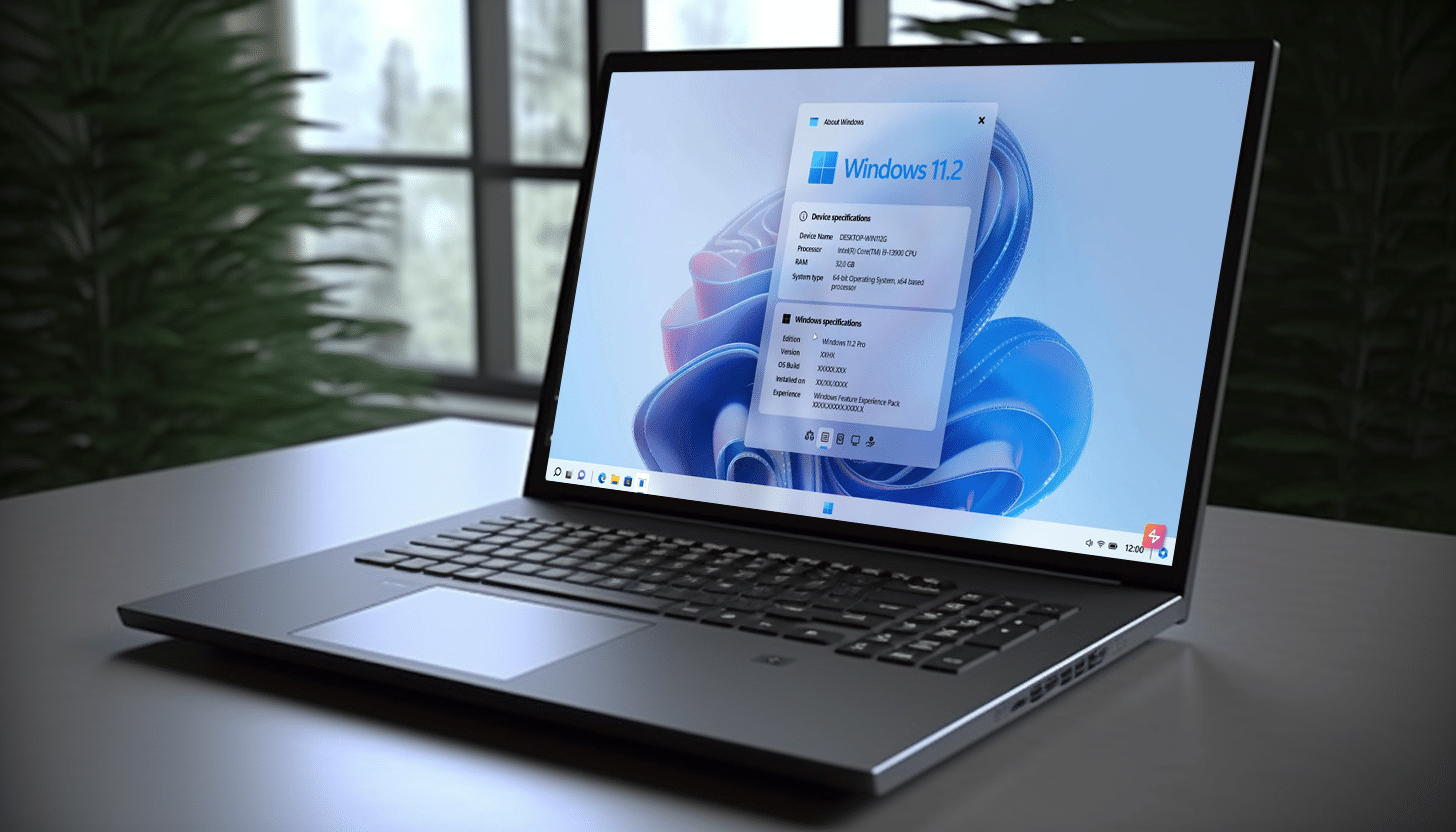
Windows 11.2 is the Microsoft operating system you want, but can't have
Microsoft today announced its upcoming huge update to Windows 11, with 150 new features, including -- naturally! -- Copilot, its AI assistant, which is going to be everywhere this fall.
Not everyone wants AI invading their operating system, however. Some people would just be happy with a version of Windows 11 that works and offers a decent selection of powerful features. Those people, would prefer Windows 11.2.
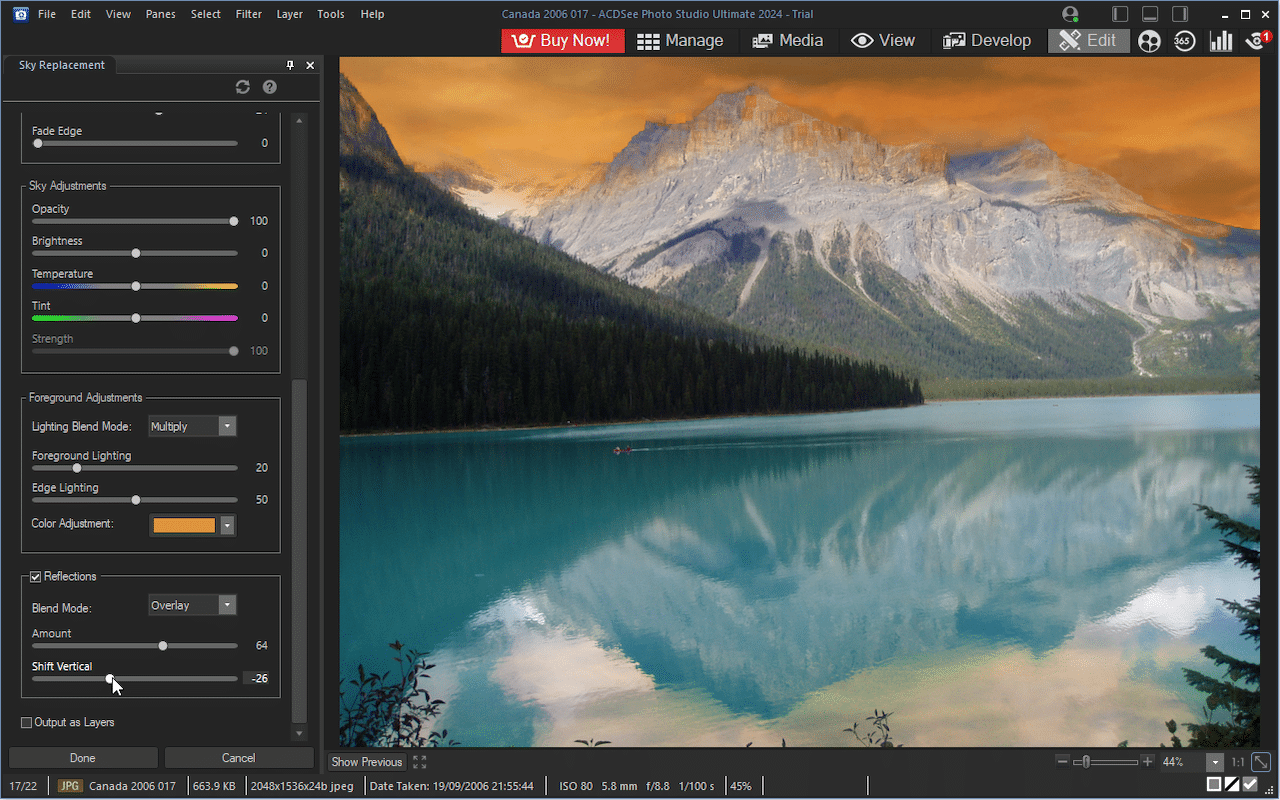
ACDSee Photo Studio 2024 celebrates 30th anniversary with new AI-powered features
Canadian digital editing and management developer ACD Systems has celebrated its 30th anniversary with the release of ACDSee Photo Studio Home 2024 and its bigger siblings, ACDSee Photo Studio Professional 2024 and ACDSee Photo Studio Ultimate 2024.
The company’s flagship product comes with the twin promise of new AI-powered features and what it dubs "significant" improvements.
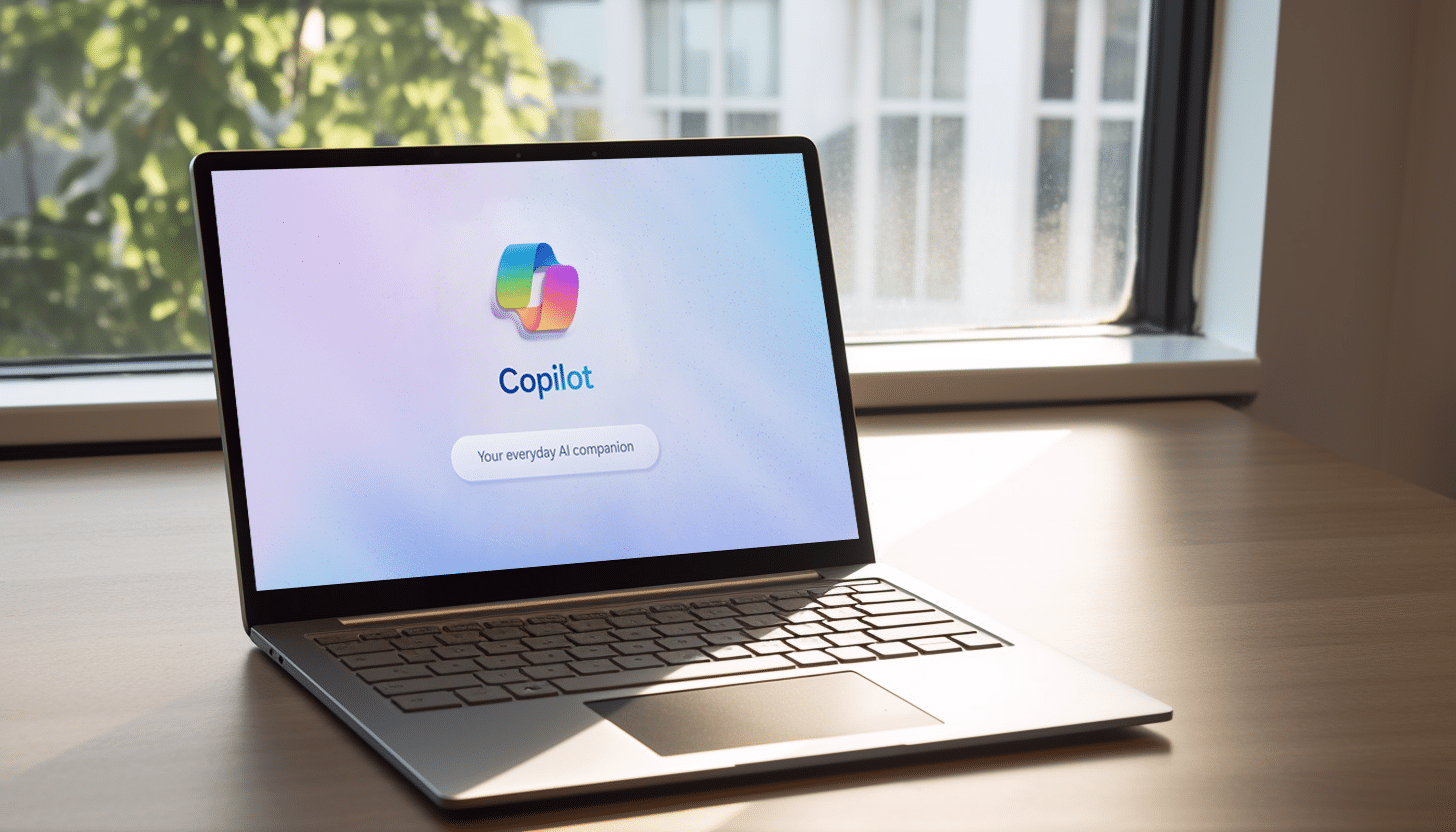
Microsoft's massive Windows 11 update, featuring Copilot AI, begins rolling out on September 26th!
Although today's big Microsoft event was mostly supposed to focus on new Surface devices, the company devoted a lot of time to AI, which shouldn’t come as much of a surprise to anyone.
Copilot, Microsoft’s AI-powered companion, is coming to pretty much everywhere, including Windows 11, Bing, Edge, and Microsoft 365 Copilot. For Windows 11 users, that is huge news, and the feature is set to arrive from next week.

Microsoft unveils four new Surface devices
Today, at its hardware event, Microsoft took the wraps off four brand-new Surface devices aimed at end users and IT professionals.
According to Nancie Gaskill, General Manager, Surface, these new products "have been redesigned to reflect our longstanding commitment to integrating the voice of commercial customers" while also "supporting the needs of IT professionals to deploy, manage and support these devices at scale." These are the four new devices that were announced:

Business leaders worry more about ransomware than the economy
According to a new survey from Censuswide for Veeam Software, UK business leaders rate ransomware as a more significant threat to their organization (43 percent) than the economic crisis (41 percent), skills shortages (34 percent), political uncertainty (31 percent), and Brexit (30 percent).
The survey 100 directors of UK companies with over 500 employees who had suffered a ransomware attack in the past 18 months finds 61 percent are anxious about the prospect of another attack.

63 percent of IT workers are worried AI will take their jobs
While many IT workers see the productivity benefits of AI, 56 percent believe it benefits employers more than employees. Additionally, 63 percent are concerned generative AI tools might take their job in the next five years compared to 44 percent of general office workers.
These are some of the findings of a new report from Ivanti. It also looks and digital experience (DEX) and finds 58 percent still prefer dealing with a human rather than a chatbot.

Countering the rise of AI criminals
As generative AI tools continue to expand, new doors are being opened for fraudsters to exploit weaknesses. Have you experimented with generative AI tools like ChatGPT yet? From beating writer’s block to composing ad copy, creating travel itineraries, and kickstarting code snippets, there’s something for everyone. Unfortunately, "everyone" includes criminals.
Cybercriminals are early adopters. If there’s a shiny new technology to try, you can bet that crooks will explore how to use it to commit crimes. The earlier they can exploit this technology, the better -- this will give them a head start on defenses being put in place to block their nefarious activities. If tech helps boost the scale or sophistication of criminal attacks, it’s extra attractive. It’s no wonder cybercriminals have been loving tools like ChatGPT.
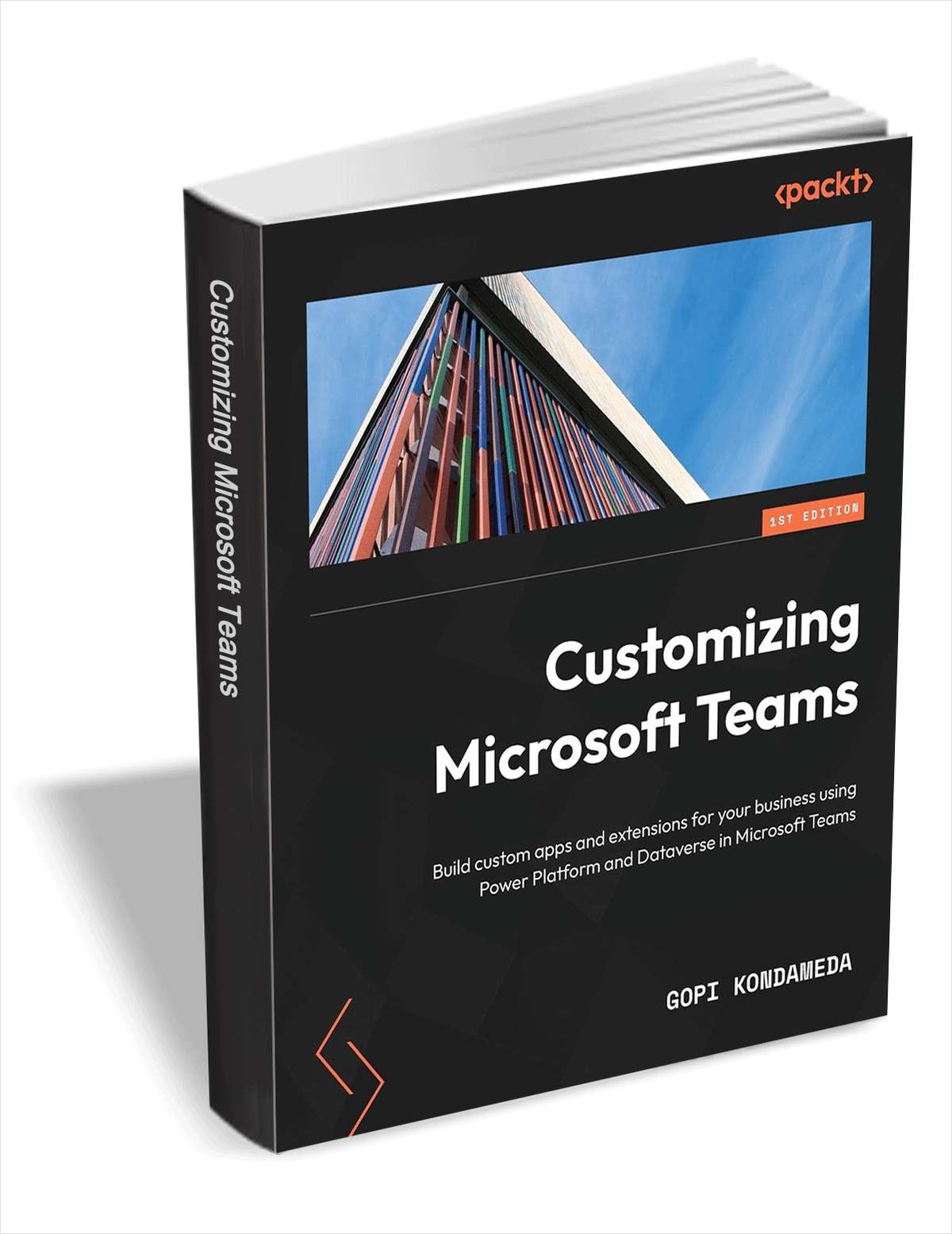
Get 'Customizing Microsoft Teams' (worth $27.99) for FREE
In the evolving remote working arrangement, the demand for custom Microsoft Teams apps is increasing rapidly across businesses.
If you are someone who aims to provide users with an exceptional experience through custom-built apps that adhere to industry standards and good governance, Customizing Microsoft Teams is for you! The book starts with an overview of Microsoft Teams customization and configuration prerequisites.

Cyber insurance claims for ransomware reach record high
A new report from cyber insurance provider Coalition shows a 12 percent increase in cyber claims over the first six months of this year, driven by the notable spikes in ransomware and funds transfer fraud (FTF).
Companies with over $100 million in revenue saw the largest increase (20 percent) in the number of claims as well as more substantial losses from attacks -- with a 72 percent increase in claims severity from the second half of 2022.

Meta unveils a new Facebook logo, reactions and more
Meta has launched what it describes as a "refreshed identity system for Facebook". This way of referring to a new logo should prepare you for an avalanche of further flowery language, and in this regard Facebook does not disappoint.
What is the purpose of the logo redesign? Meta says it has "a focus on fostering effortless, self-initiated exploration and connection across every touchpoint". The new logo is described as being "bolder, electric and everlasting", but it has already been the subject of some ridicule just hours after launch.
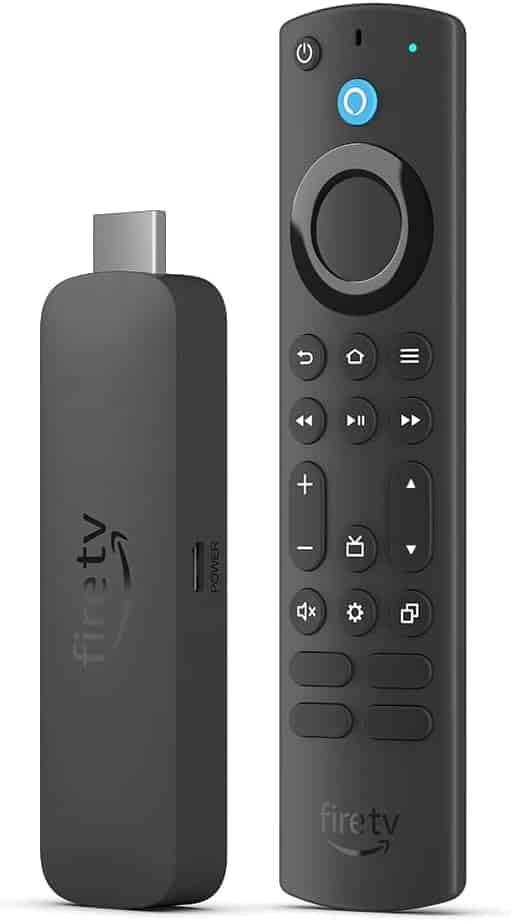
Amazon shows off new Fire TV devices
Amazon is hoping to redefine your TV experience with some new devices. You see, the company today unveiled a series of major updates to its Fire TV range.
Priced at $59.99 (pre-order here), the new Fire TV Stick 4K Max is Amazon's smartest and most powerful streaming stick to date. Not only does it come with the Fire TV Ambient Experience, but it also offers Wi-Fi 6E support, a 2.0 GHz quad-core processor, and an impressive 16GB storage. Its ability to showcase visuals in 4K Ultra HD coupled with Dolby Vision, HDR, HDR10+, and Dolby Atmos audio promises a treat for the senses.

Amazon eero Max 7: What you need to know about the WiFi 7 mesh system
When it comes to wireless mesh systems, eero has long been a popular option. The latest announcement from Amazon of the eero Max 7, its premiere WiFi 7 mesh system, should continue that popularity.
Heralded as the fastest and most robust eero to date, the eero Max 7 integrates the company’s TrueMesh networking technology with the cutting-edge WiFi 7 standard. As a result, you will get enhanced speeds, minimized interference from nearby networks, and a significant improvement in mesh latency.
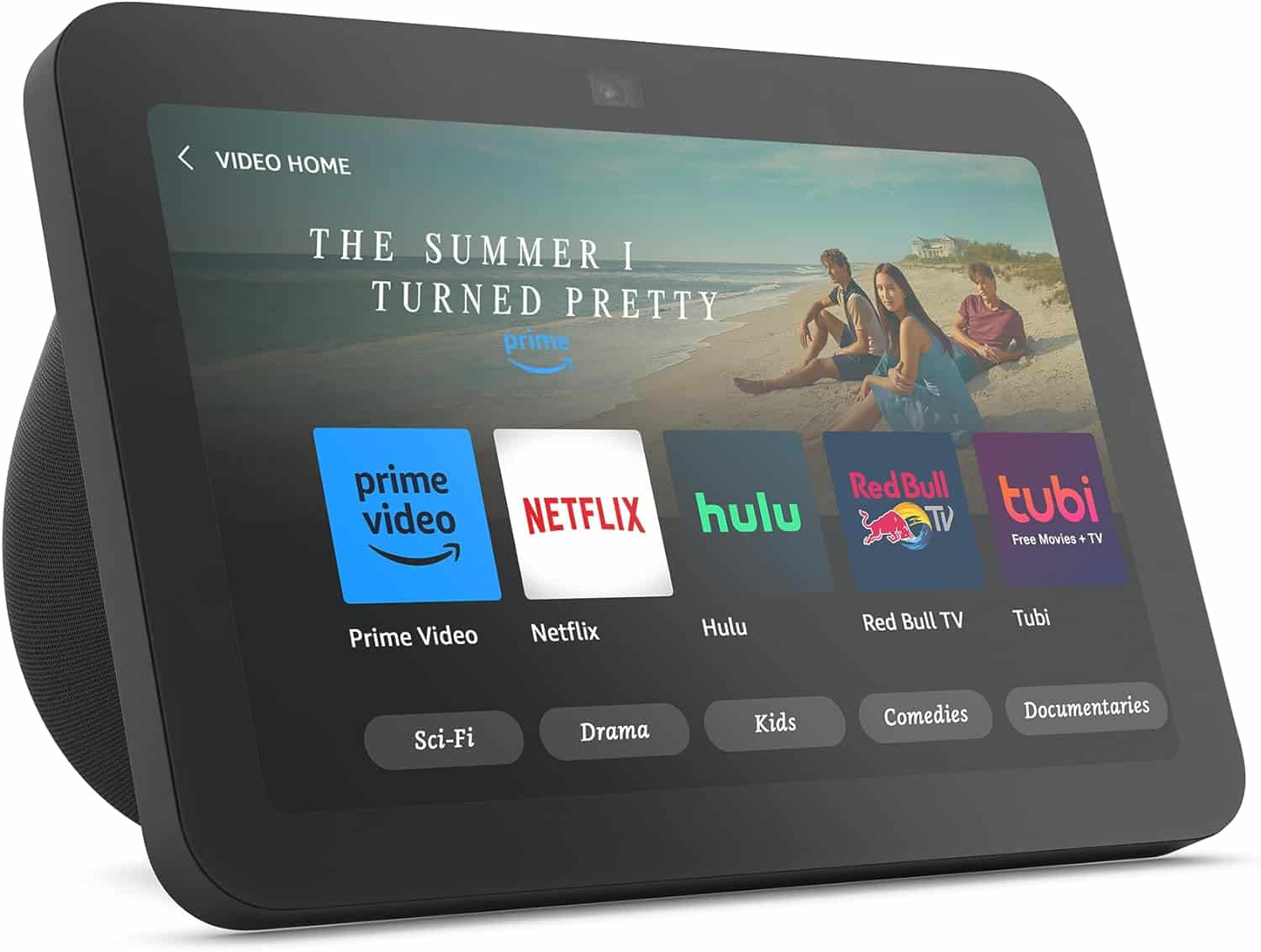
Amazon unveils next-gen Echo devices
Amazon, the online retail titan, has unveiled its latest lineup of Echo devices. Ranging from the refreshed Echo Show 8 to the entirely new Echo Hub, and the fashion-centric Echo Frames. Notably, in an intriguing partnership, Amazon has joined hands with Safilo to infuse the prowess of Alexa into the iconic Carrera eyewear designs.
“Echo devices have never been more popular,” notes Daniel Rausch, vice president of Alexa and Fire TV. With the increasing dependency on Alexa for tasks, from smart home control to setting reminders, Amazon aims to enrich these experiences further with their latest offerings.

GNOME 45 'Rīga' Linux desktop environment is released
Every year, I eagerly anticipate the latest GNOME releases, and 2023 is no exception. The team behind the GNOME project has once again gifted us a fresh version that promises to refine our everyday digital interactions. I’m excited to share that GNOME 45, code-named “Rīga”, is finally here.
One of the most visible transformations in GNOME 45 is the overhauled activities button. Previously labeled “Activities,” this button, located on the top bar, has evolved into a dynamic workspace indicator, making its function clearer to newcomers. As we bid goodbye to the old app menu, this revamp makes room for newer designs.
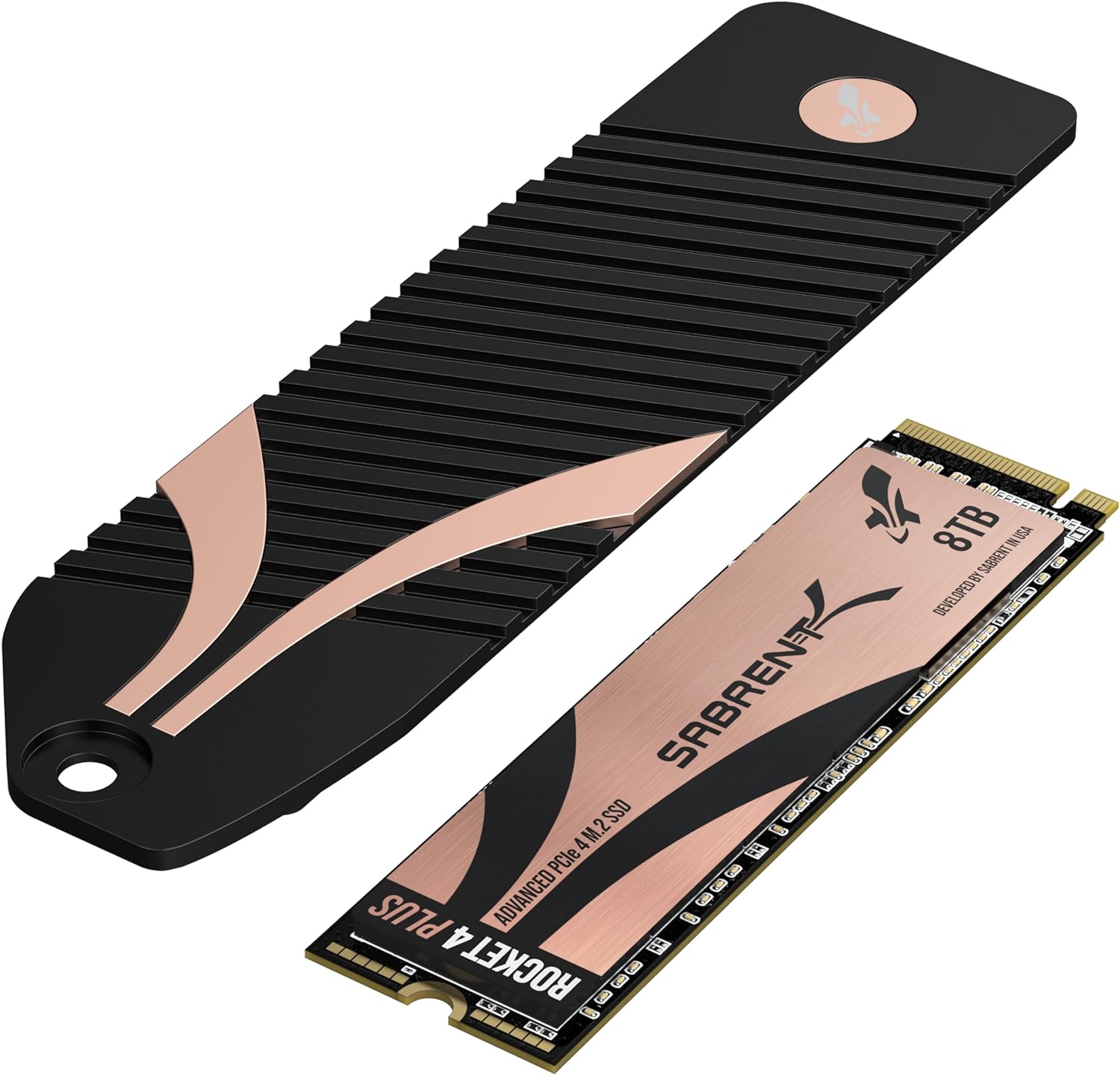
Add 8TB of storage to your PlayStation 5 with the Sabrent Rocket 4 Plus SSD
Sabrent has launched a new solid state drive that's sure to delight PlayStation 5 users everywhere. The Sabrent Rocket 4 Plus 8TB SSD is the largest capacity internal storage drive for PS5 on the market. It comes bundled with Sabrent's PS5-optimized heatsink for exceptional cooling performance. The M.2 drive isn’t only for the PS5, obviously; it will also work with a compatible PC.
The Sabrent 8TB Rocket 4 Plus NVMe 4.0 Gen4 PCIe M.2 Internal SSD brings a multitude of advantages to the table. Utilizing flash disk technology and a PCIe Gen4.0 x4 interface, this storage solution is a speed demon. When paired with a compatible motherboard, you can achieve mind-blowing performance speeds of up to 7100 MB/s (read) and 6600 MB/s (write). Even if you're using a PCIe Gen3 motherboard, you'll still enjoy impressive speeds of up to 3400 MB/s (read) and 3000 MB/s (write).



